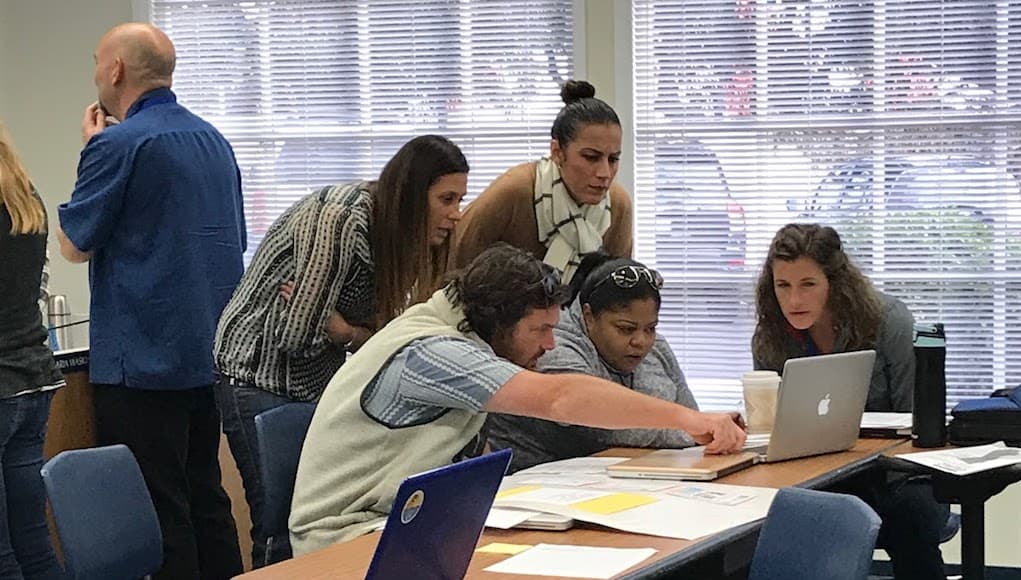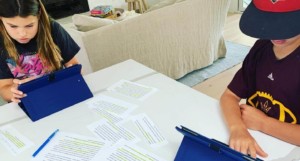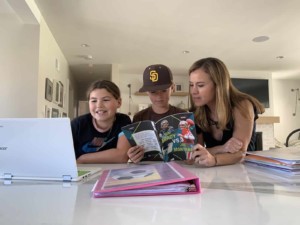Scaling PBL: 3 Steps for Defining Quality With Your Staff

By Jenny Pieratt
Having been a PBL educator for the past decade, it has been exhilarating to watch the recent growth of PBL implementation go from pockets of innovation to mainstream schools. As a result of this growth, the conversation among an increasing number of educators has moved from “what does PBL look like?” to “how do we scale high quality PBL?” While it is easy to get wrapped up in current trends, we must also remain grounded in the principles of quality and sustainability to ensure deeper learning in the long-term for our students.
Defining Quality
There is a growing body of respected definitions of quality PBL (including the latest Framework for HQPBL), which schools that I work with often appreciate because they serve as a “North Star” for project design. However, what I have noticed is that for “late PBL adopters” and skeptics, these can occasionally feel overwhelming. And for “trailblazers” who have already dived into PBL, these definitions can feel imposed. In an effort to 1) decrease teacher apprehension, and 2) create a sense of ownership for how your staff defines quality PBL, I recommend the following process, which I also outline in my PBL workbook:
1) Introduction to HQPBL definitions
In your next professional development ask teachers to study models of standards for high quality PBL in small groups of 4 using a basic Jigsaw protocol. Here are my favorite definitions:
- Framework for High Quality Project Based Learning
- New Tech Network’s Project Quality Checklist
- BIE’s 8 Essential Elements of Design Checklist
- Expeditionary Learning’s Attributes of High-Quality Student Work
As teachers review these definitions of quality PBL, ask them to reflect upon and discuss within their groups what resonates with them and what questions they have about PBL.
2) Looking at Teacher and Student Work (LATW, LASW)
Once teachers have had the chance to hear about all of the definitions from their mixed groups in the jigsaw protocol, provide each group with an exemplar project overview (see some examples here), supporting documents and corresponding student work. Ask them to view this project through their lens from the previous jigsaw, and to consider “what do you see? what do you wish you saw?” Provide 10-15 minutes for teachers to analyze the project through their lens and discuss with their “mixed” jigsaw group.



3) List, Rank, Prioritize
This next step should be completed in silence, so that teachers truly have time to process their thinking and to ensure the most organic response for the task ahead. Provide each teacher with a stack of 5 sticky notes and ask them to write down what they believe to be the 5 most important characteristics of quality PBL using one idea per sticky note. Provide 2-3 minutes for this step.
Next ask teachers to share their sticky notes with their group. For the next 10 minutes, the group is tasked with categorizing all group members’ sticky notes and ranking/prioritizing what their group believes are the three most important characteristics of high quality PBL. Heavy discussion and disagreements should be welcomed!
Ask each group to share out with your entire staff, charting responses as you go.

Scaling YOUR Definition of Quality
I have done the above process over 25 times now, and it never fails that a staff rather easily calibrates around 3 similar student outcomes. As we conclude the exercise, I share with them that while all of the external definitions we reviewed have value in informing their teaching practice; none have as much value as the definition they just came up with because it is the only one that comes from them. I also encourage teachers in their first project to start small but mighty by focusing on just the 3 characteristics their colleagues feel are most important to their community. At this point I often see a visible sigh of relief…and sometimes even excitement from those early skeptics!
The undertaking to scale PBL is akin to a marathon, and we need be sure that our teachers will make it to the finish line by way of sustainable practices that uphold deeper learning along the way. The process I shared with you is just one way to go about this work–I outline more in my recently published PBL workbook. Check it out and comment below with your PBL experiences and ideas, or join the conversation on social media using the hashtags #profdev #pdrevolution #collaborativePD.
For more, see:
- Introducing a Framework for High Quality Project Based Learning
- HQPBL Case Study: Thrive Public Schools
- The Keys to High Quality PBL: Public Products and Presentations of Work
Jenny Pieratt, Ph.D. is President of CraftED Curriculum. You can find Jenny on Twitter @craftEDcm and Instagram @crafted_jennypieratt.
Stay in-the-know with all things EdTech and innovations in learning by signing up to receive our weekly newsletter, Smart Update.






0 Comments
Leave a Comment
Your email address will not be published. All fields are required.